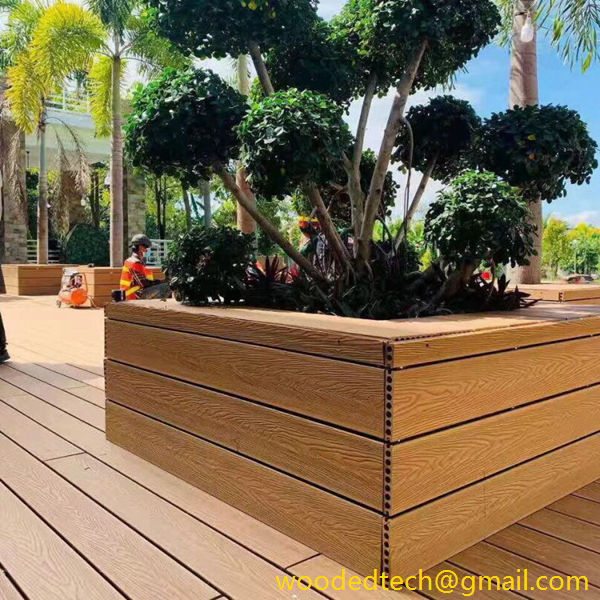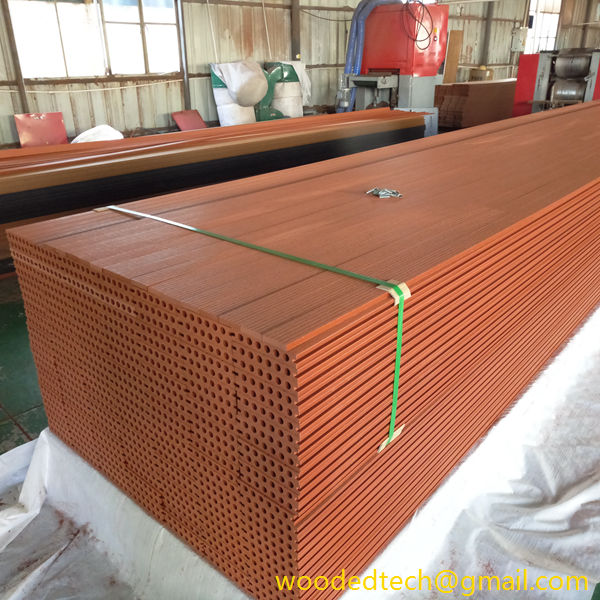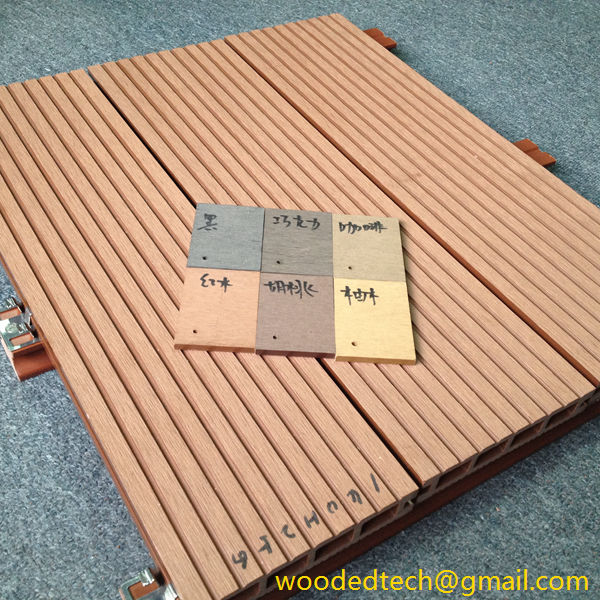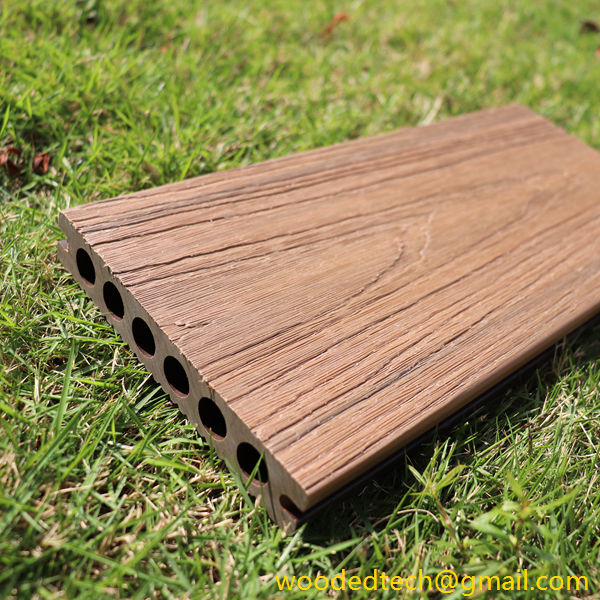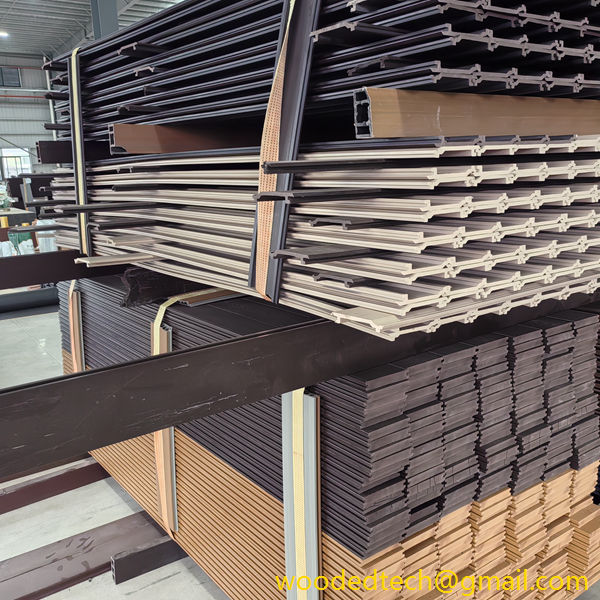The Importance of WPC Decking Texture in Enhancing Safety and Aesthetic Appeal for Outdoor Spaces
Wood Plastic Composite, commonly known as WPC, has become increasingly popular in outdoor construction and design, particularly in decking applications. This composite material is made by combining wood fibers with plastic, creating a versatile product that offers various benefits over traditional wood. One of the key aspects that significantly influences the appeal and functionality of WPC decking is its texture, which plays a crucial role in enhancing both safety and aesthetic value in outdoor environments.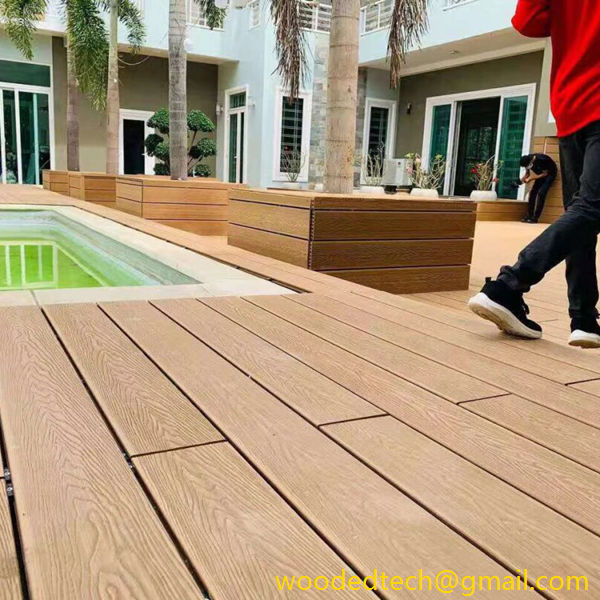
The texture of WPC decking is not merely a design choice but also a fundamental element that affects performance and safety. A textured surface provides improved traction, which is essential in outdoor settings where moisture, debris, and varying weather conditions can create slippery surfaces. Traditional wooden decks can become hazardous when wet, leading to slips and falls. In contrast, the textured surface of WPC decking enhances grip, ensuring that individuals can walk safely across the surface without the fear of slipping. This is particularly important for families with children and elderly individuals, who are more susceptible to accidents.
Moreover, the texture of WPC decking contributes to its durability and weather resistance. The manufacturing
process of WPC involves extrusion or compression molding, which allows for the incorporation of various surface textures during production. These textures can be designed to mimic natural wood grain or create unique patterns that not only enhance the visual appeal but also provide additional surface strength. The result is a product that withstands the elements, resisting fading, staining, and warping over time. By choosing WPC decking with a well-designed texture, homeowners can enjoy a safer and more long-lasting outdoor space.
From an aesthetic perspective, the texture of WPC decking significantly influences the overall look and feel of an outdoor area. The visual appeal of a space is often enhanced by the interplay of light and shadow, which is accentuated by the surface texture of the decking. Textured surfaces can create visual interest and depth, making the outdoor area more inviting and engaging. Homeowners can select from a variety of textures to complement their landscaping and architectural style, whether it be a rustic, natural look or a sleek, modern appearance.
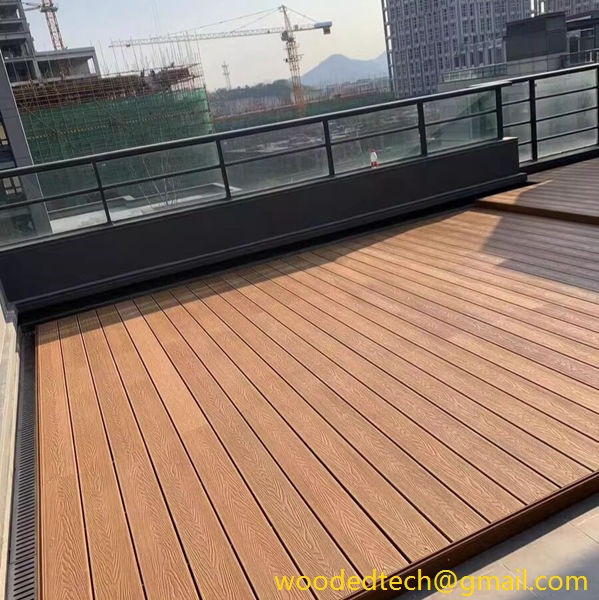
In addition, the versatility of WPC textures allows for creative design possibilities. By incorporating different textures and finishes, designers can create defined spaces within an outdoor area, such as pathways, seating areas, or dining spaces. This not only enhances the functionality of the area but also adds to its aesthetic appeal. For example, a smooth finish may be preferred for a dining area, while a more textured surface could be ideal for walkways, where traction is paramount.
Another important consideration is the maintenance of WPC decking. Textured surfaces tend to be more resistant to scratches and scuff marks compared to smooth surfaces. This means that the decking will retain its appearance for a longer period, reducing the need for frequent repairs or replacements. Furthermore, the ease of cleaning textured surfaces contributes to the overall maintenance of the outdoor space. Unlike traditional wood decking that may require sanding and sealing to maintain its look, WPC decking can often be cleaned with simple soap and water, making it a practical choice for busy homeowners.
Sustainability is also a significant factor in the popularity of WPC decking. The materials used in WPC production are often sourced from recycled wood and plastic, making it an environmentally friendly alternative to traditional timber decking. The texture of the decking can be designed to highlight its sustainable nature, with finishes that emphasize its organic origins. By choosing WPC decking with a textured surface, homeowners not only enhance safety and aesthetics but also contribute to environmental conservation.
In conclusion, the texture of WPC decking is a vital component that impacts both safety and aesthetic appeal in outdoor spaces. By providing improved traction, enhancing durability, and offering diverse design possibilities, textured WPC decking stands out as a superior choice for outdoor construction. As homeowners increasingly prioritize safety and visual appeal in their outdoor environments, the importance of selecting the right texture cannot be overstated. With its blend of functionality and beauty, WPC decking with thoughtful textural design is an investment that pays off in enhanced outdoor enjoyment and peace of mind.

